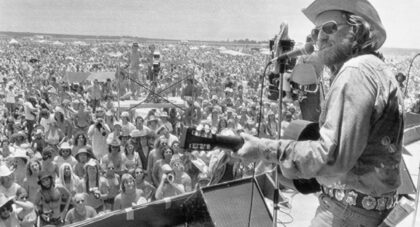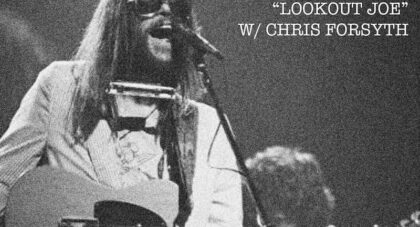...in 1996 the group followed up Friday Afternoon In The Universe with an even more deeply heady and dank offering, Shack-man. MMW as a group decamped to a remote section of Hawaii to record the album (via solar power) in a literal plywood shack where they channeled the island’s native spirits, “The Nightmarchers”, and the funky New Orleans voodoo of The Meters, along with a sprinkle of Europe’s rave scene. The result was something akin to “soul-jazz, hip-hop, and post-punk world beat . . .
Only the good shit. Aquarium Drunkard is powered by its patrons. Keep the servers humming and help us continue doing it by pledging your support.
To continue reading, become a member or log in.


